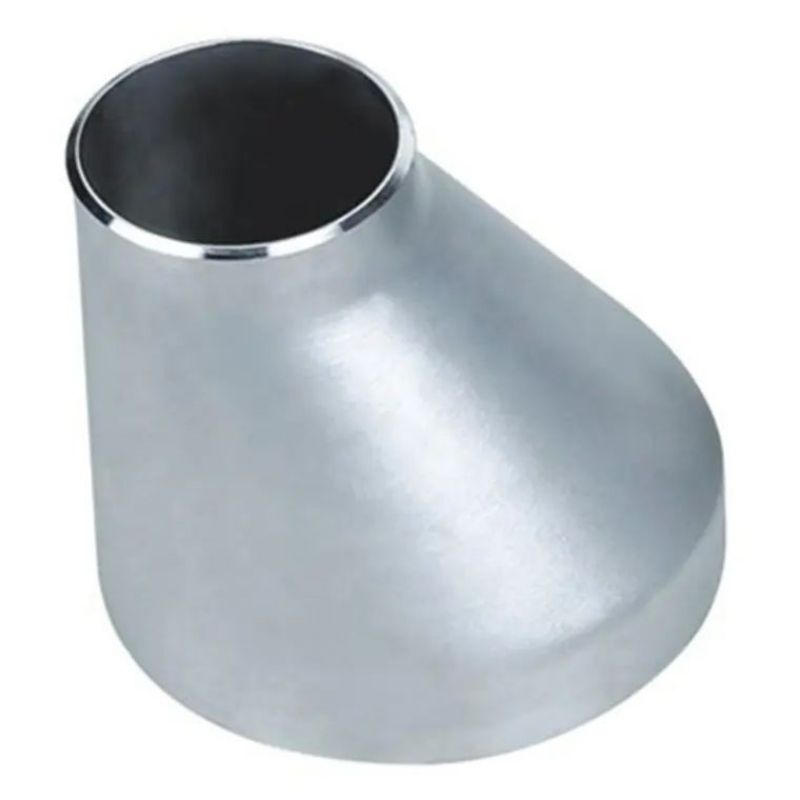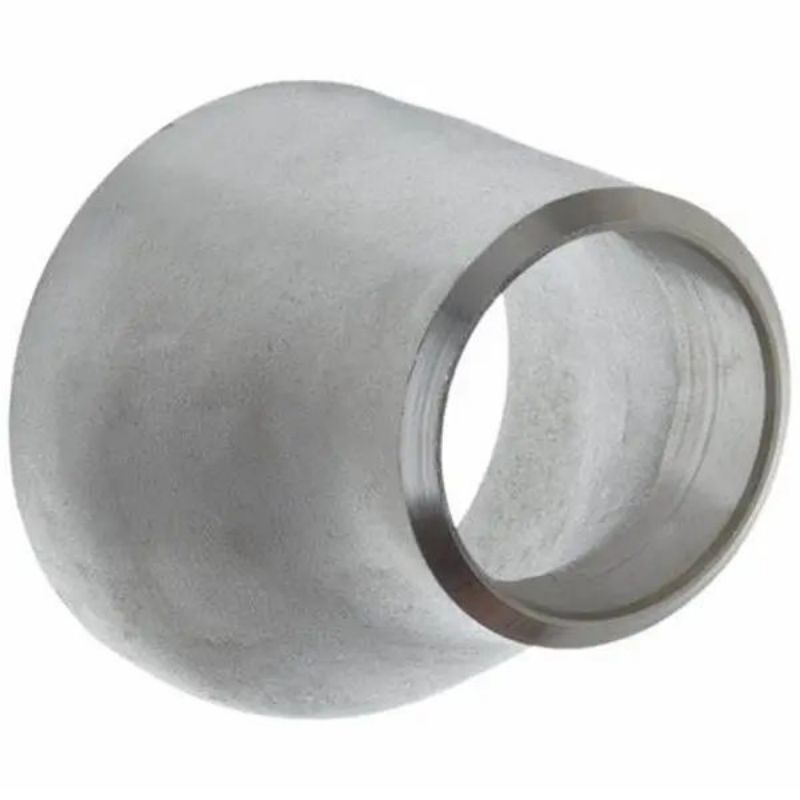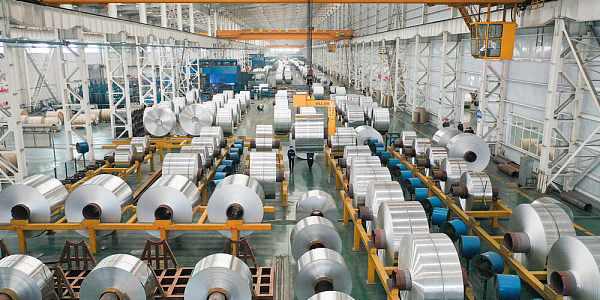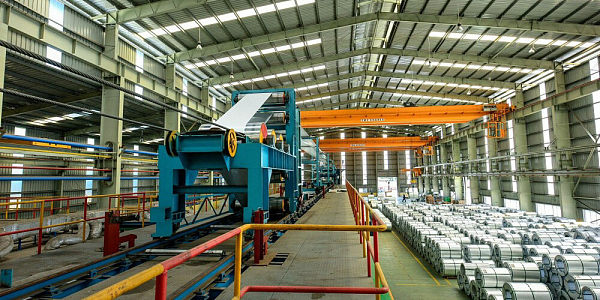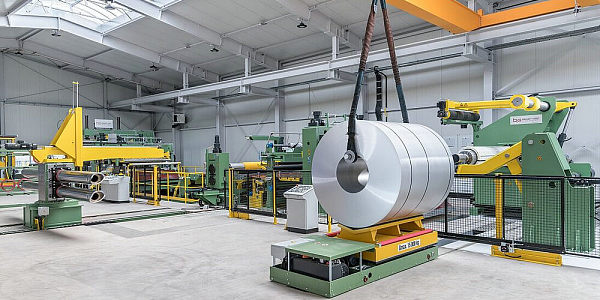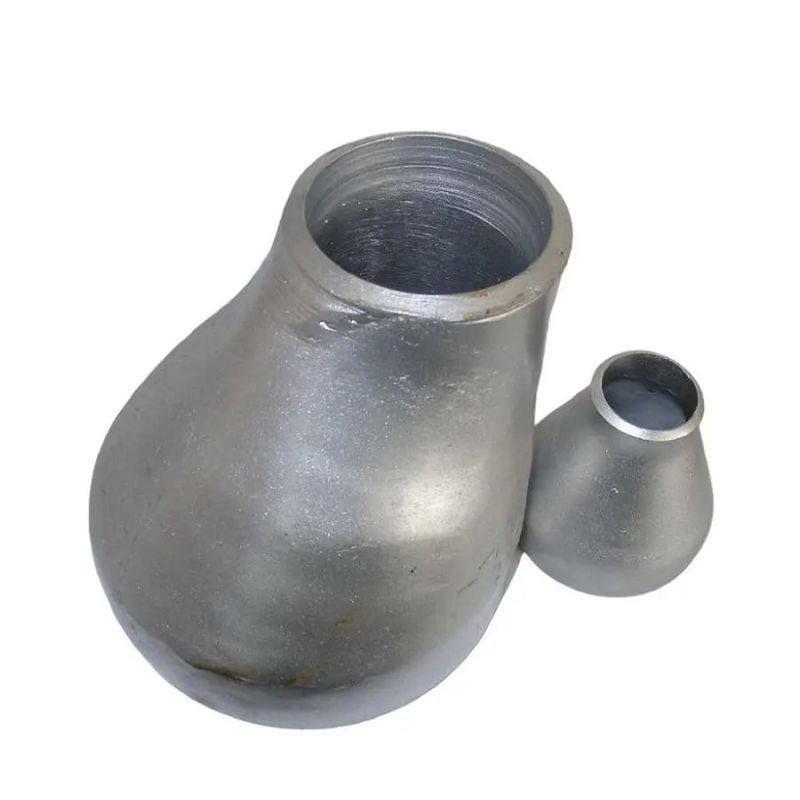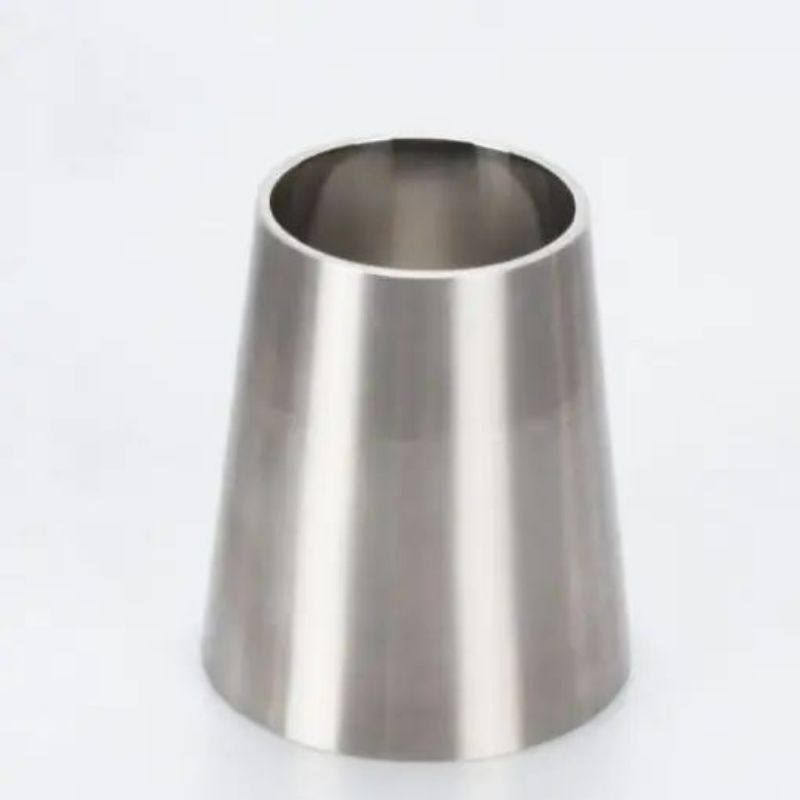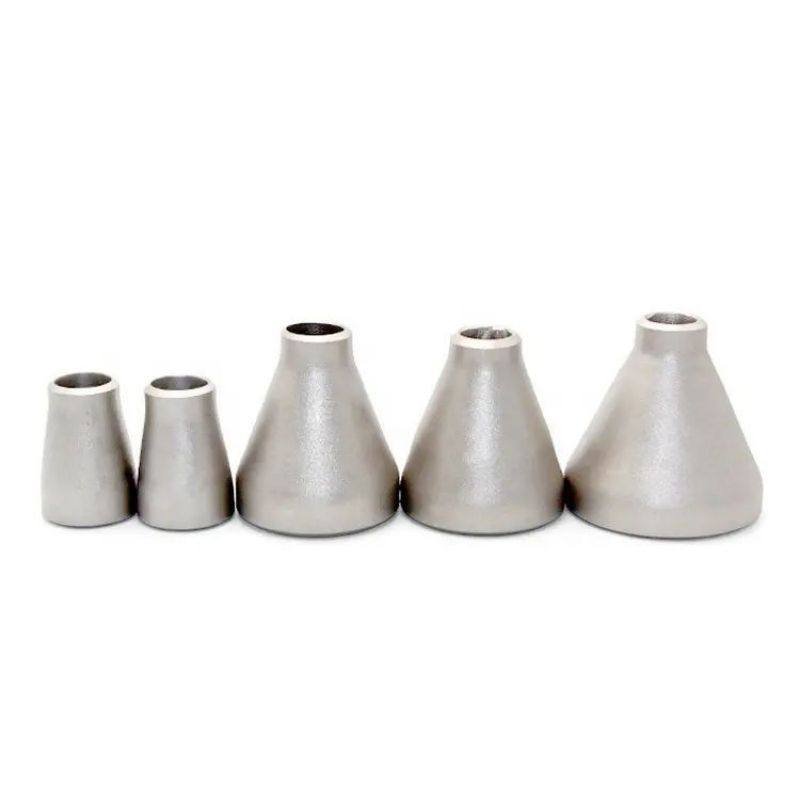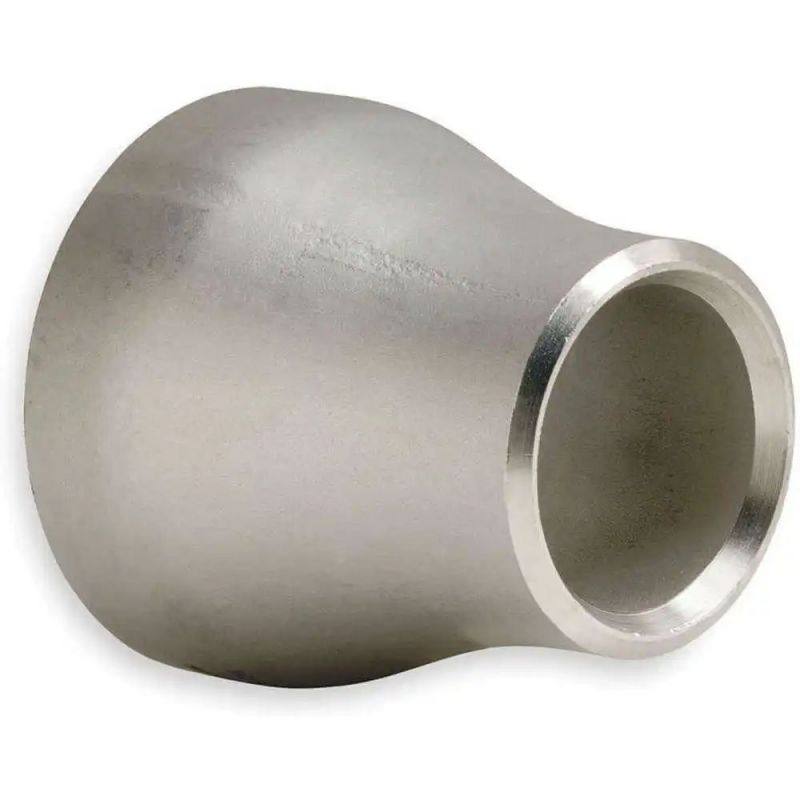
PRODUCTS
PRODUCTS
MESSAGE
pipe fitting elbow, 90 degreeelbow, pipe elbow, elbow fitting
Delivery time:Usually 3-7 days, or upon negotiation
Competitive price and quality from our own factory
Terms of price: EXW, FOB, CFR, CIF
Payment Term:TT,L/C,etc
Certificates: SGS, MTC, ISO9001, CE, SGS
If you have any questions, please feel free to contact us.
PRODUCT INTRODUCTION
Pipe reducers are one of the many types of fitting that can be used to control the flow within a piping system. In a piping system, there are two major types of reducer: concentric reducers and eccentric reducers. We’re going to talk about both types of reducer, what they are, and when you might use them. For the most part, reducing (and expanding) pipes is fairly straightforward. But there are some exceptions that are important to note for the health of a piping system.
What is a Pipe Reducer?
First, let’s keep it simple: A pipe reducer is a pipe fitting that connects a larger pipe to a smaller pipe. Thus, it reduces the size of the pipe in the pipe system, from one size to another. Pipe reducers may frequently be used to connect pipes of different sizes. There are a variety of reasons why this might be done, and there are a variety of materials that could be flowing through the pipe, which is why there are different types of pipe reducer.
Like other pipe fittings, it can be very complicated to find the right pipe reducer. The fit can be complicated, and materials will matter. But once you find the right pipe reducer, the installation should be fairly simple and fast.
When Would You Use a Pipe Reducer?
Reducers can be used simply to adapt pipes of other sizes, but there are also more complicated uses for them. They may need to be used when the flow has to be limited or expanded in a piping system, such as if the hydraulic nature of the piping system demands it. If you’re using a pipe reducer, you need to consider the consequences for the pipe system as a whole, because there will be changes in both flow and pressure.
Once you know that you need to use a pipe reducer, you need to make the decision between concentric and eccentric reducers. Most people are going to need to use a concentric pipe reducer, but there are some important reasons why an eccentric pipe reducer might be preferred.
Concentric vs Eccentric Reducer: What’s the Difference?
While this may seem complicated, it’s actually quite simple. Concentric reducers reduce the pipe in the center. So, if you’re looking at the reducer head-on, you can see the smaller section is formed in the direct center of the larger side. Eccentric reducers reduce the pipe to the side. So, if you’re looking at the reducer head-on, you can see the smaller section is against one side of the larger side.
This may seem like a very simple change, but it does matter.
The cone-shaped concentric pipe reducer means the pipes have matched center lines, and the eccentric reducer has mis-matched center lines. Both of these have a consequence regarding flow. Most reducers are going to be concentric. Eccentric reducers are used when the pipes have to maintain the same top or bottom level. Eccentric reducers are frequently used to avoid trapping air within the system, so they are often used when both air and liquids may be flowing together.
Most people are going to need a cone-shaped concentric pipe reducer, because they aren’t going to need one side of the reducer to remain flat. But in many applications, either can be used, as long as the bottom of the eccentric reducer is placed correctly. The major concern about eccentric reducers is that they can collect liquids or gasses in one area if they are not properly aligned. When used vertically, there is essentially no difference between a concentric or eccentric pipe reducer.
What About Concentric and Eccentric Expanders?
It should be noted that while they are called reducers, reducers by their very nature are also expanders. They are simply used in the opposite direction as expanders. Thus, expanders can also be both concentric and eccentric, and the consequences of using one or the other to expand rather than reduce are the same. Either way, they are being used when a pipe of one size has to transition to a pipe of another size.
Reducer Description
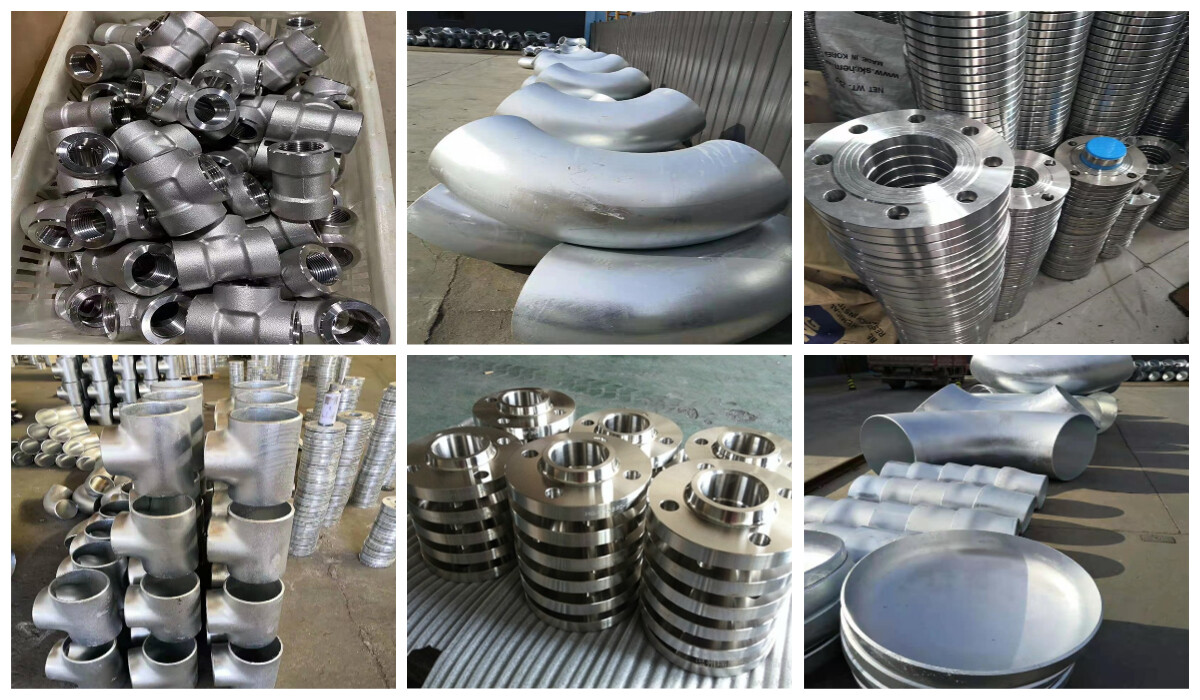
PACKAGING
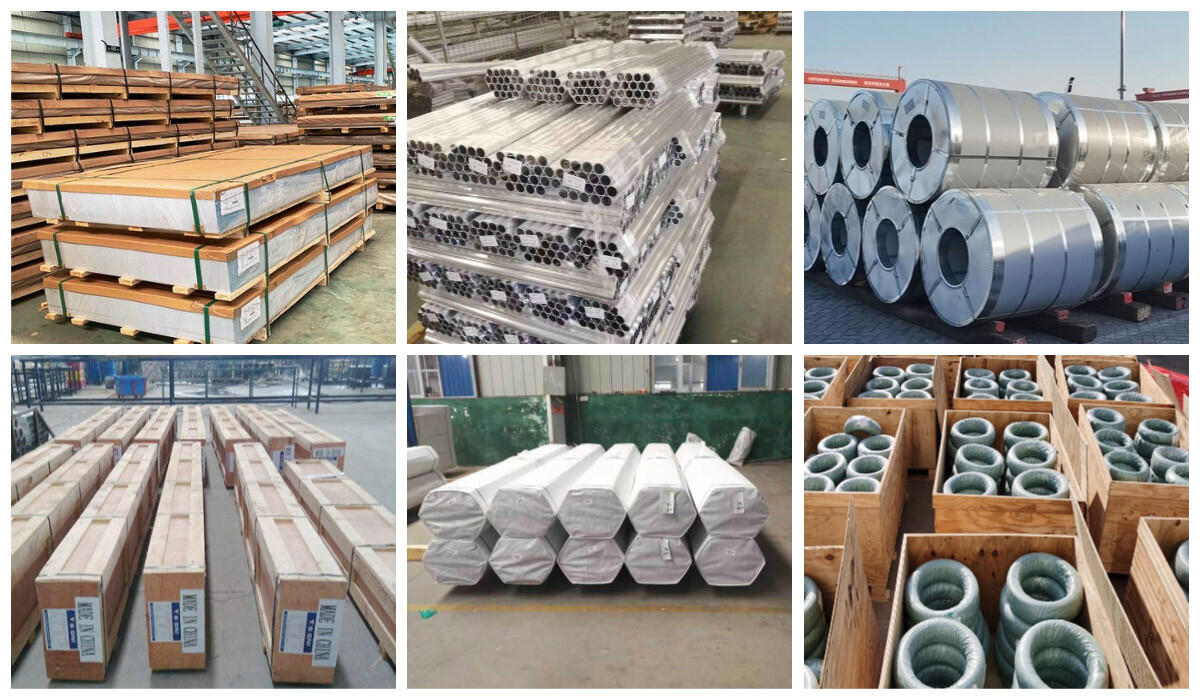
WHY CHOOSE US
Wuxi Dingyu Xinda Special Steel
Wuxi Dingyu Xinda Special Steel Co., Ltd. is a large sales base for spot supply and production of stainless steel pipes and special materials in China. It mainly deals in various imported and domestic stainless steels, pipes, plates, bars, profiles, pipe fittings and welding materials. The company has a strict and effective quality management system, complies with IS09001: 2008 standard certification, and provides supporting materials for petroleum, chemical, electric power, and shipbuilding industries.
All products of the company comply with the national standard (GB), American standard (ASME, ASTM), Japanese standard (JIS) EN (European standard) GOST (Russian standard), our company holds the ISO9001-2008 quality system certificate issued by TUV Rheinland, Germany and the EU PED/97/23/EC certificate for pressure equipment, API 6A and API 17D certificates issued by API of American Petroleum Institute, and certification of classification societies of eight countries.
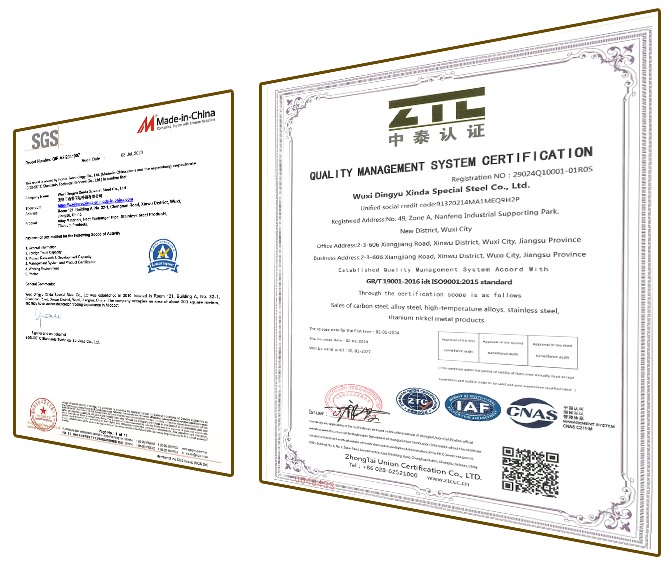
LEAVE A MESSAGE
RECOMMENDED PRODUCTS
Please give us a message

